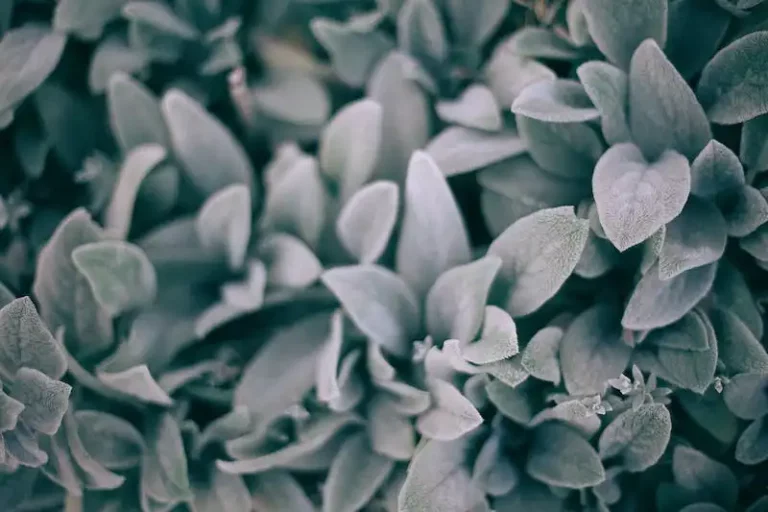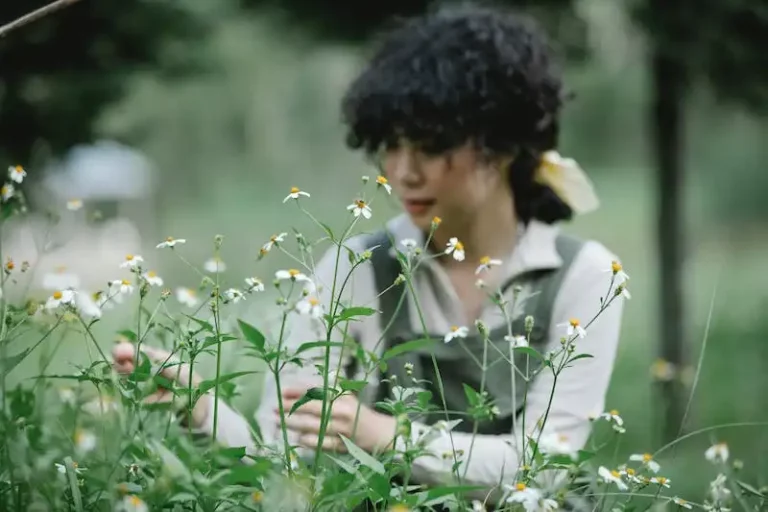Perlite is a natural, lightweight, porous material that has been used in gardening for many years. It is considered one of the best mediums for cultivating plants such as tomatoes, as it aerates the roots and improves drainage. With a density of only about 100lt per cubic meter, perlite is a lightweight material that can take up a lot of space in pots and containers. This means you can use a less amount of soil in your gardening job, making it cost-effective and easy to handle.
One of the main advantages of using perlite is that it opens up the soil, creating small compartments that the roots can easily penetrate. This means better oxygenation and faster water uptake, leading to more vigorous plant growth. Perlite is also a capillary material, meaning it can suck in water and distribute it evenly throughout the soil, ensuring that the plants are thoroughly watered. There’s no need to worry about root rot or overwatering.
Another point worth mentioning is that perlite is very versatile and can be used in different ways. For houseplants or vegetables, mixing perlite with potting soil can improve drainage and prevent waterlogged roots. For outdoor gardens, perlite can be mixed with garden soil to lighten it up and provide better aeration for the plants. In both cases, using perlite can significantly improve the quality of your soil and lead to healthier plants.
Perlite is also a natural, environmentally friendly product. Unlike other gardening materials, perlite is not made from synthetic or harmful substances. It is a volcanic glass that is mined from the earth’s crust and then heated to produce its lightweight and porous structure. This makes it safe to use around children and pets, and it won’t cause any damage to the plants or the surrounding areas.
One of the best advantages of perlite is its cost-effectiveness. It is a relatively inexpensive product, and you can buy it in different grades and quantities based on your needs. Whether you’re a professional gardener or a hobbyist, perlite can be a great addition to your gardening supplies. It is a natural, easy-to-use material that can improve the quality of your soil, promote better plant growth, and make your gardening job more enjoyable.
How to Use Perlite
Perlite is a highly useful material for gardening and can greatly improve the health and growth of your plants. Here are some ways to effectively use perlite in your gardening job:
- Planting in containers: When planting in containers, adding perlite to the potting medium can greatly improve drainage. You should mix perlite with the potting soil, ensuring that the mixture is around 20% perlite and 80% soil. This will create a well-draining medium for your plants.
- Incorporating into soil: Perlite can also be mixed into garden soil to help improve drainage. You should mix perlite with the soil at a ratio of around 1 part perlite to 3 parts soil. This will help prevent waterlogged soil, which can be harmful to plants.
- For potted plants: If you’re planting potted plants, you can add a layer of perlite at the bottom of the pot before adding the potting soil. This layer will create a drainage system and prevent the roots from sitting in water.
- Mixing with other materials: Perlite can also be mixed with other materials such as compost or coconut coir to improve their drainage capabilities. This can be especially useful for plants that require well-drained soil.
- Starting seeds: Perlite can also be used for starting seeds. By mixing perlite with the seed-starting medium, you can create a well-draining environment for the seeds to sprout. This will help prevent overwatering and provide a good balance of moisture for the seedlings.
- Hydroponic gardening: Perlite is commonly used in hydroponic systems as a growing medium. Its natural ability to absorb excess water and retain it as capillary water makes it ideal for this type of gardening.
Whatever gardening job you have, perlite can be a very useful material to have on hand. Not only does it help improve drainage, but it also helps aerate the soil and allows for better root growth. Make sure to thoroughly mix perlite with your soil or potting medium and ensure that it is evenly distributed.
So, if you’re looking to improve the health and productivity of your plants, consider using perlite. It has been widely used by gardeners for years and has proven to be a valuable addition to any gardening toolkit.
Perlite – How useful it can be in your Gardening Job
Perlite is a well-known and widely used horticultural material that can be very useful in your gardening job. Whether you are a professional gardener or just enjoy tending to your own backyard, perlite can be a great addition to your gardening toolkit.
Perlite is made from a naturally occurring volcanic glass that is heated until it expands. The resulting material is lightweight and porous, making it ideal for use in soil mixes and hydroponic systems. The expanded perlite particles have tiny air pockets that help improve drainage and root development in plants.
One of the key advantages of using perlite in your garden is its ability to retain moisture while still allowing excess water to drain away. This is essential for preventing waterlogged soil, which can lead to root rot and other plant diseases. Perlite also helps to aerate the soil, creating a loose and well-draining environment for plant roots to grow and thrive.
When using perlite in your gardening job, there are several ways it can be beneficial. Firstly, perlite can be mixed into potting soil to improve its overall structure and drainage. It can also be used as a standalone rooting medium for propagating cuttings or starting seeds. In hydroponic systems, perlite can be used as a substrate for growing plants without soil.
For gardeners who want to increase their plant growth and yield, perlite can be a valuable tool. The increased root development and improved soil structure provided by perlite can lead to faster and more vigorous growth in plants. Additionally, the enhanced drainage and aeration provided by perlite can help prevent water-related diseases and promote healthier overall plant growth.
When using perlite in your gardening job, it’s important to thoroughly mix it into the soil or growing medium. Aim for a ratio of around 10-50% perlite, depending on the type of plants you are growing and the specific needs of your garden. Use your finger to check the moisture level of the soil – perlite should help the soil to retain moisture while still allowing excess water to drain away.
In conclusion, perlite is a highly useful and versatile material that can greatly benefit your gardening job. Whether you need to improve drainage, enhance root development, or increase overall plant growth, using perlite in your garden can help you achieve the desired results. Consider adding perlite to your gardening toolkit and see the difference it can make in your plants’ health and productivity.
Horticultural Medium Grade Perlite 100lt Silvaperl
Horticultural Medium Grade Perlite 100lt Silvaperl is an ideal choice for vegetable gardeners. Its use can greatly enhance the quality of the soil and improve the growth and yield of your plants. While it might cost a few dollars more than other options, the benefits it provides are well worth the investment.
This horticultural grade perlite is made from naturally occurring volcanic rock that has been heated to a high temperature, causing it to expand and form small, lightweight granules. These granules are mixed into the soil or growing medium to improve aeration and drainage. The unique structure of perlite allows roots to grow faster and more vigorously, resulting in healthier plants with higher yields.
When mixed with other components such as coir or sand, perlite makes an ideal growing medium for a variety of plants. Its lightweight nature minimizes soil compaction and prevents the medium from becoming waterlogged. This is essential for plants that require good drainage, such as vegetables like potatoes. The capillary action of perlite also helps to evenly distribute water and nutrients throughout the root system, making it easier for plants to absorb what they need.
Horticultural Medium Grade Perlite 100lt Silvaperl can be used both indoors and outdoors. In outdoor gardens, it can be mixed into the soil before planting, or simply spread on top as a mulch. For indoor houseplants, whether grown in pots or in hydroponic systems, perlite can be added to the soil or growing medium to improve drainage and prevent root rot.
Using Horticultural Medium Grade Perlite 100lt Silvaperl is easy. Simply mix it into the soil or growing medium at a rate of about half an inch to one inch of perlite per gallon of soil. After planting, water the plants thoroughly, allowing the perlite to absorb water and create a capillary system that will gradually release moisture to the roots. This helps to prevent over-watering and ensures that the plants receive the right amount of moisture for optimal growth.
In my years of gardening experience, I have found that using horticultural grade perlite like Silvaperl has made a significant difference in the performance of my plants. The improved aeration and drainage provided by perlite has resulted in healthier, more vigorous plants with larger root systems. It has also helped to prevent soil compaction and minimize the need for frequent irrigation.
If you’re a gardener and haven’t yet tried using perlite in your planting mix, I highly recommend giving it a go. You’ll be amazed at the difference it can make in the health and productivity of your plants. Whether you grow vegetables, houseplants, or anything in between, perlite is a must-have gardening tool.



